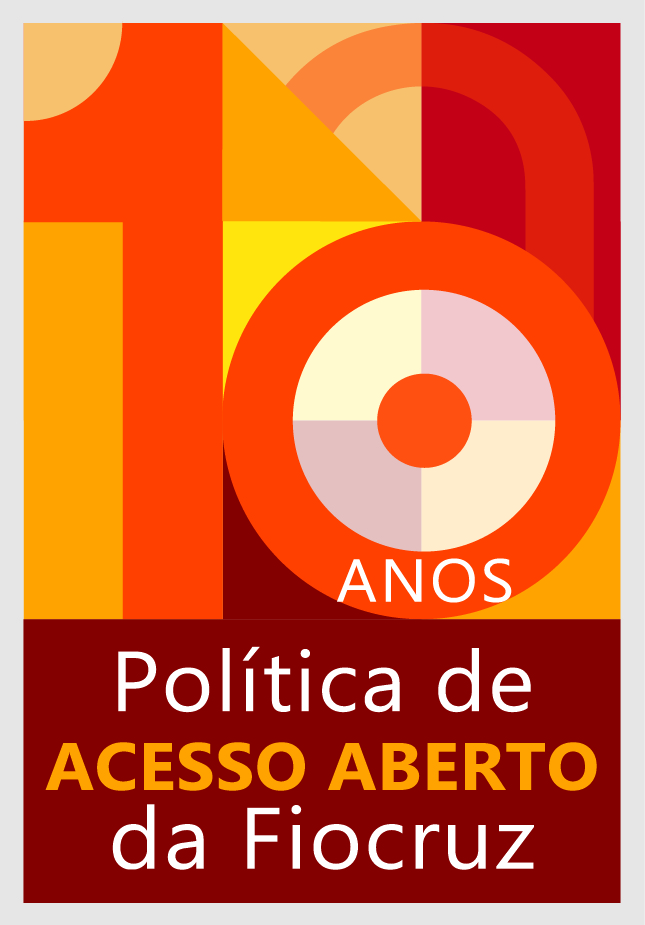Evidence between media and suicide: the contagion effect of journalistic and fictional productions
DOI:
https://doi.org/10.29397/reciis.v14i3.1932Keywords:
Suicide, Social communication, Journalism, Fiction, Contagion effect.Abstract
The phenomenon of the contagion effect in the media is not new, but very current. In Brazil, the media is the third leading cause of suicide in young people aged 15 to 29, and a serious public health problem. In this text, we unveiled through a bibliographic review the evidence that supports the epidemic effect of suicide in the media and its modes of operation through theories such as that of Albert Bandura and his Theory of Social Learning. This relationship is prestigious here due to the most recent hits such as 13 Reasons Why and Euphoria, which describe suicide and self-destructive behaviors in a curiously careless way. We point out as urgent the need for legal regulation of the production and distribution of these messages in the Brazilian media, which will include the various audiovisual genres and, above all, the new media that are characterized by their asynchronous model of content distribution.Downloads
Published
How to Cite
Issue
Section
License

This work is licensed under a Creative Commons Attribution-NonCommercial 4.0 International License.
Author’s rights: The author retains unrestricted rights over his work.
Rights to reuse: Reciis adopts the Creative Commons License, CC BY-NC non-commercial attribution according to the Policy on Open Access to Knowledge by Oswaldo Cruz Foundation. With this license, access, download, copy, print, share, reuse, and distribution of articles is allowed, provided that it is for non-commercial use and with source citation, granting proper authorship credits and reference to Reciis. In such cases, no permission is required from the authors or editors.
Rights of authors’s deposit / self-archiving: The authors are encouraged to deposit the published version, along with the link of their article in Reciis, in institutional repositories.












